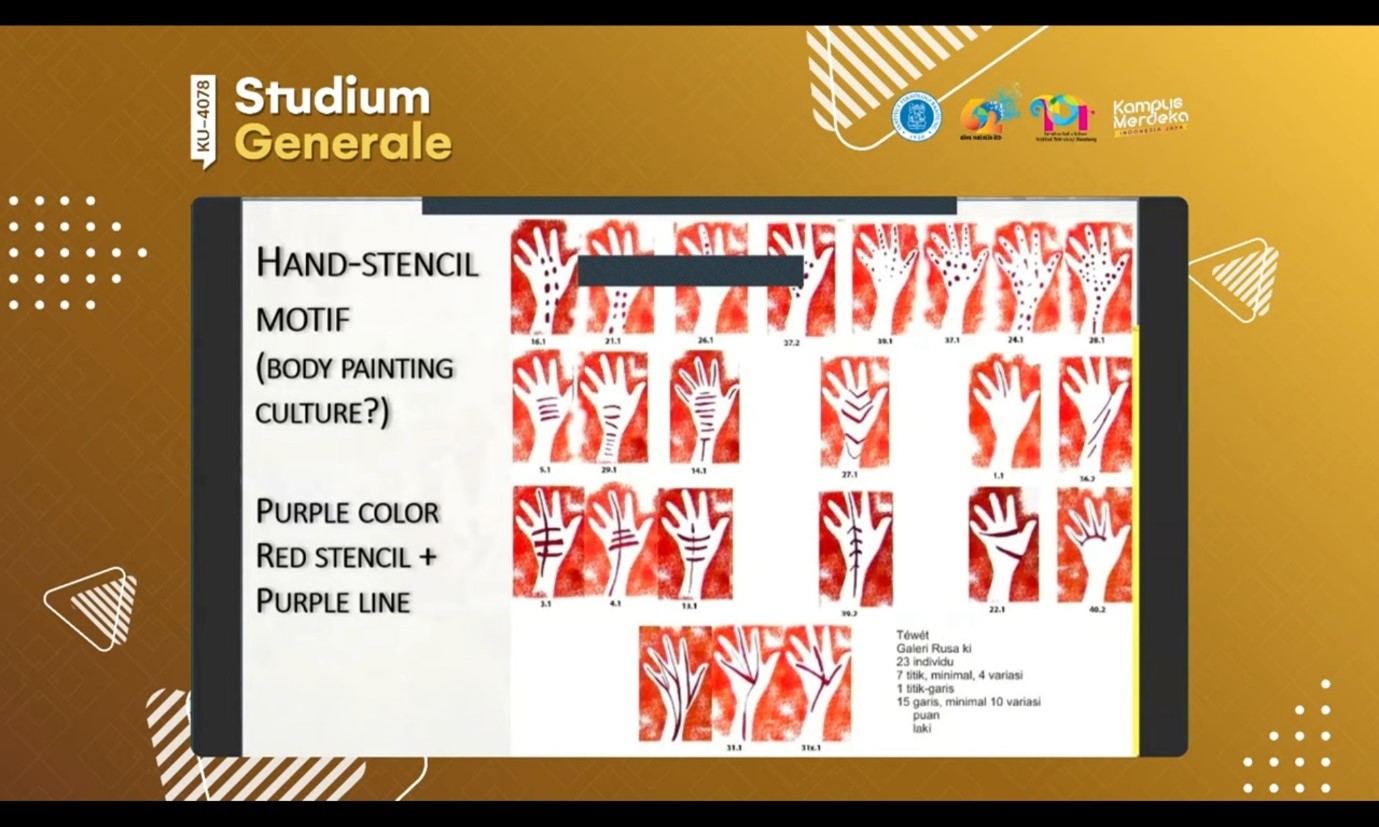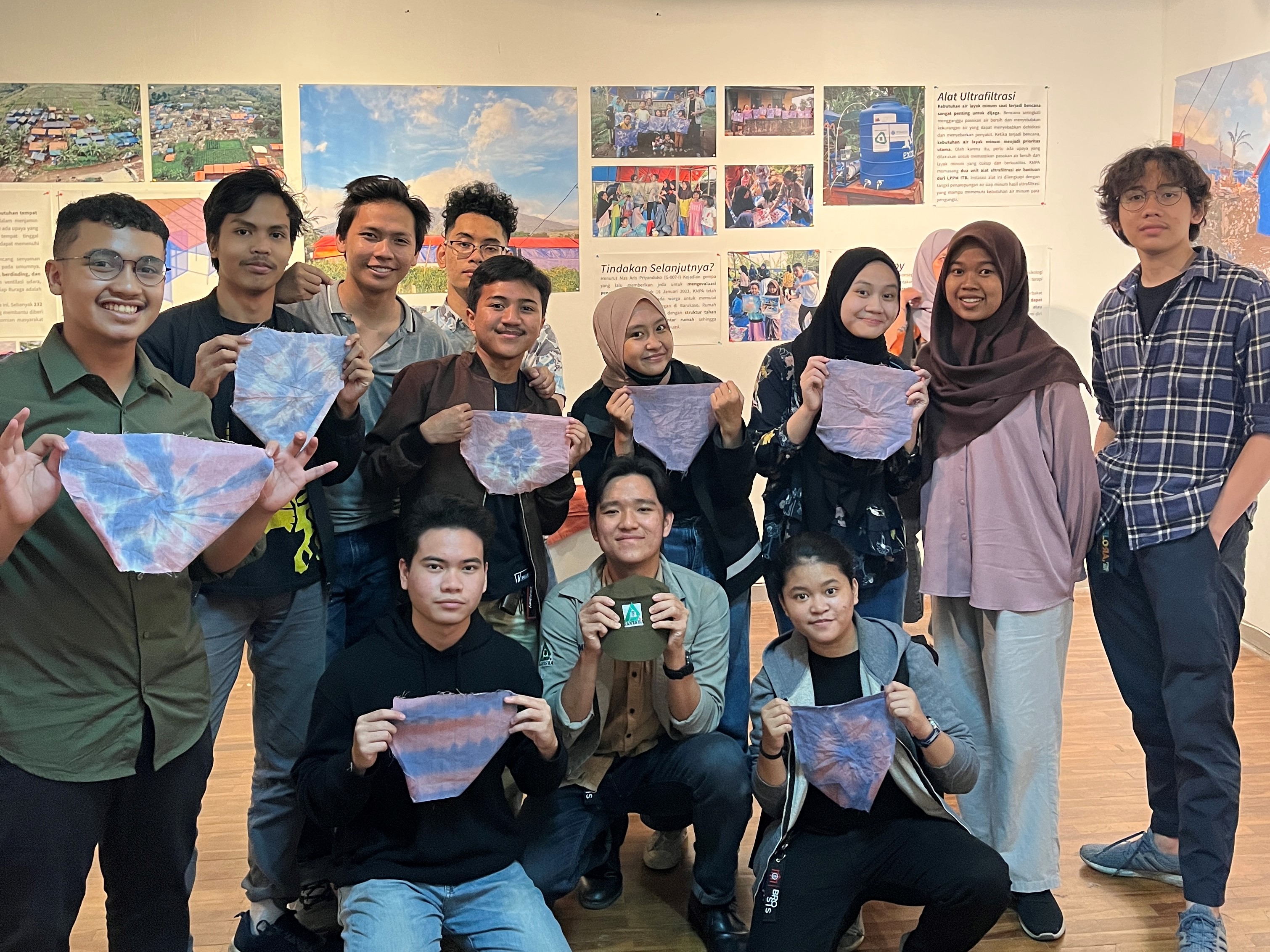Reminiscing Dr. Pindi Cave Exploration Journeys
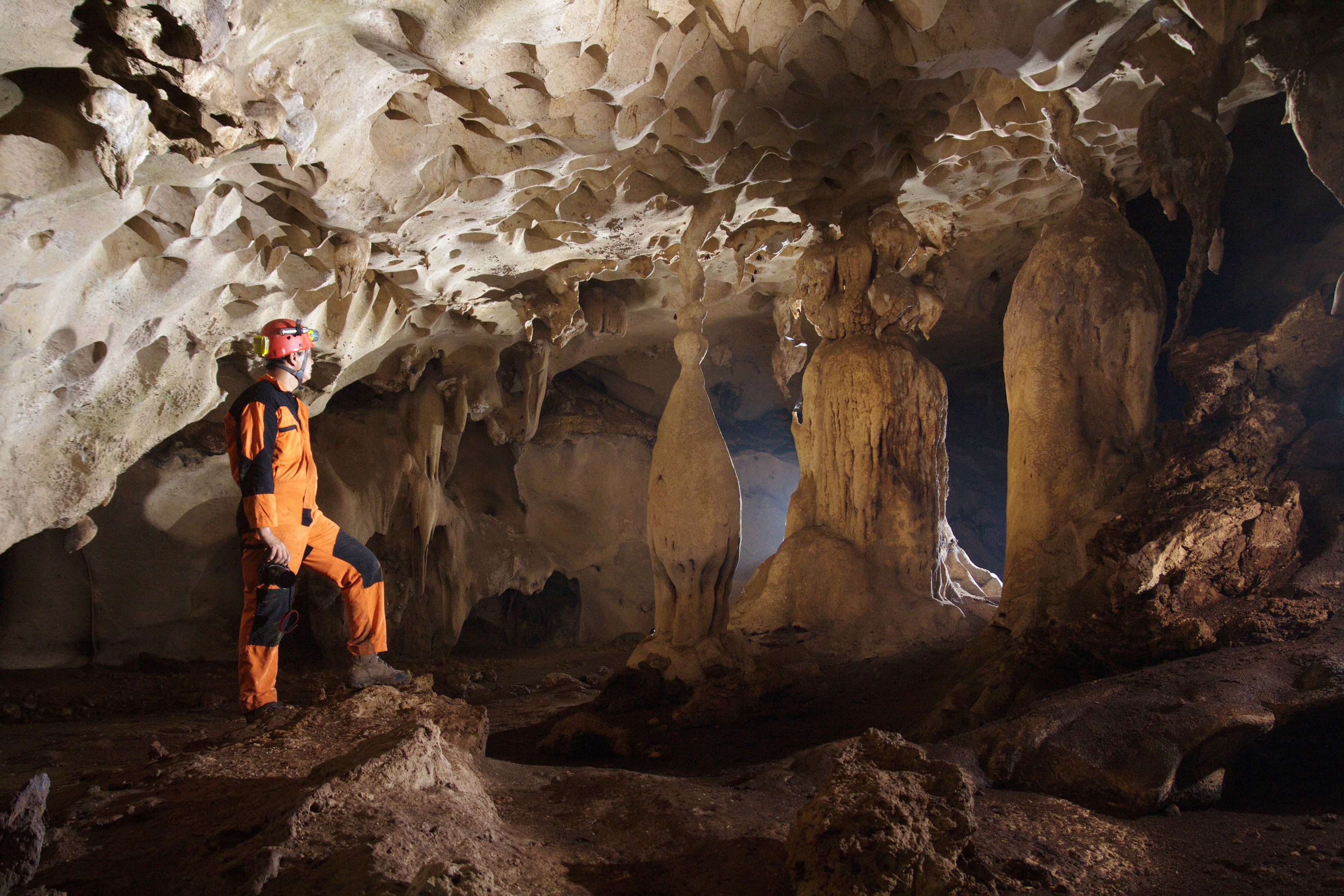
BANDUNG, itb.ac.id – At that time, some public figures from the Blora Regency Government, Central Java, came to the Institute for Research and Community Service (LPPM) ITB to discuss the clean water availability issue in Todanan. According to them, most of the water that they used came from retaining rainwater, while the underground water is mostly unexplored. Clean water availability potential lies in river flow and underground karst caves that are considered to possess mystical nuances and are still unmapped.
Prof. Edy Soewono and Drs. Budi Insidianto, M.Sn., the head of LPPM ITB at that time, then asked for the help of an ITB researcher that is well known for his cave exploration skill, Dr. Pindi Setiawan, M. Si. Dr. Pindi, who is a Faculty of Arts and Design lecturer, agreed to partake in this expedition. In this research which began in 2011, he was accompanied by Budi Brahmantyo (LPPM ITB), Sunu Wijarko Qoirunna'im (ASC), Johannes Yuda (KMPA Ganesha ITB), Yoga Sakyanto (KMPA Ganesha ITB). Their research was published in the LPPM ITB Bakti Kami di Pelosok Negeri book published by the ITB Press.
The community service activity was focused on the Todanan District which acts as the main water supplier for the Kunduran Subdistrict and jati forest area owned by the State Forestry Public Company (Perhutani). The research area was located in the Rembang-Madura zone which has an anticlinorium folding structure and was determined by the team to have substantial petroleum potential. The team also presented a man-made water spring management recommendation on the top of the karst rock formation. "This is important because we need to ensure that the geological structure would not experience natural water discharge reduction," they said. The report also consists of karst tourism potential with the discovery of three cave complexes, namely Gua Agung, Gua Terawang, and Gua Kidang, as well as some other caves in the Pancasoona Scout complex.
In addition to geological findings, Dr. Pindi also recommended that the spatial planning in the Blora Regency karst area be considered a national protected area according to the Law no. 26 year 2007.
According to the research result, Todanan District was proven to be the area that regulates the water balance with high water reserves in the Blora Regency. This report also stated that the Todanan karst area has historical value, tourism value, and biological wealth. Based on that, the area can be categorized as a national strategic area that concerns the lives of many according to the Law no. 32 year 2004.
Furthermore, regarding the anticipation of a sugar factory construction which is feared to have a negative effect on the availability of clean water in the area, Dr. Pindi and his team announced an early warning. This warning includes explanations of the potential and water flow in the karst system underneath.
Prof. Edy recalled the difficulty of conducting the research and presenting the result to the Blora Regency. "Being provided with only transportation funds from LPPM, they went into the haunted cave to find the direction of an underground river," he explained.
Remembering the Expertise of Dr. Pindi
Dr. Pindi passed on 9 September 2022, however, his cave exploration began decades ago. An article in the National Geographic magazine "Tangan-tangan yang Menembus Waktu" which was published on December 2005 wrote his tale with a cave explorer from France Luc-Henri Fage, a photographer Carsten Peter, and an archeologist Jean-Michel Chazine. Fage wrote the name of the rock art researcher in Indonesia, a type of research that is very rare in Indonesia.
Dr. Pindi's research in Indonesia is very identical to the findings of hand illustration which at that time became the oldest rock art in the world. In his research with researchers from Griffith University, Australia, and some other universities and research institutions, in the Sangkulirang-Mangkalihat karst area, he published some papers in very reputable scientific journals. His contribution to the prehistoric age arts and culture was discussed on the international stage.
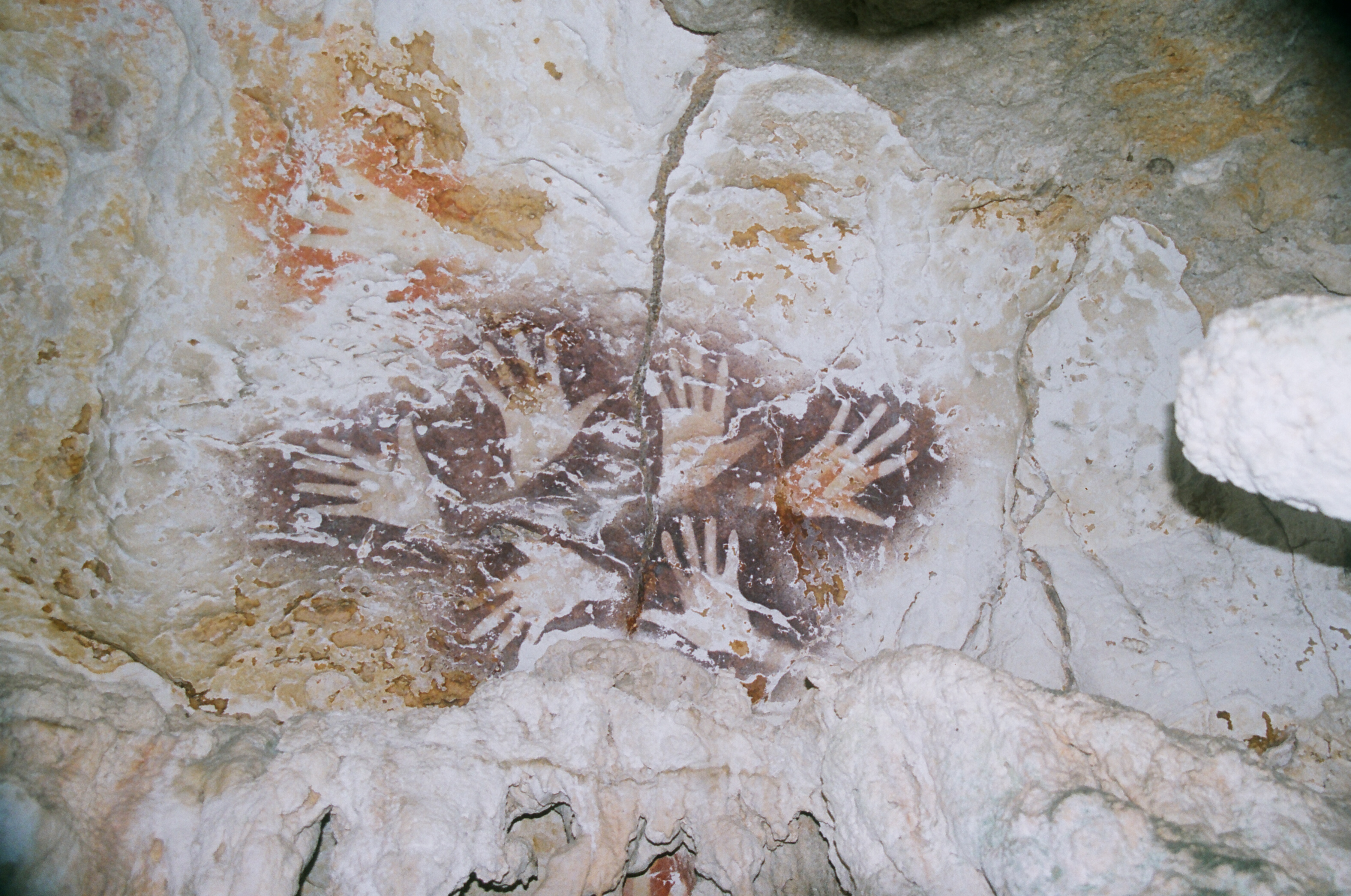
His first article was published in Nature, a prestigious scientific journal, on August 2018 with the title "Paleolithic Cave Art in Borneo" and instantly became a huge spotlight for researchers around the world. In the article, Dr. Pindi reported that Uranium-series analysis on the calcium carbonate deposit on the orange-colored painting which was found on the Jeriji Saleh Hole was traced to be 40-thousand-year-old. Dr. Pindi keeps developing his research, both from its location and topic, with some new articles published in prestigious Q1 journals.
Before closing the pages of his life journey, he and the combined research team returned to Sangkulirang-Mangkalihat and then produced a new paper that was published in the Namre journal. That article reported findings on an early human bone that was amputated in the lower left part of his leg, at least 31-thousands-year-ago. Quoted directly from his writing, Dr. Pindi mentioned that, "The patient who experienced the amputation stayed alive for another 6 to 9 years before his death and was buried in the Liang Tebo Cave, East Kalimantan."
The last prestigious award that he received was Penghargaan Achmad Bakrie (PAB) 2022 for the special category in August this year as a part of the Prehistoric Cave Painting Archaeologist Research Team Indonesia. The world's oldest series of figurative paintings that had been discovered by Dr. Pindi was considered to have shifted the paradigm of archaeology in Indonesia and enriched our knowledge of global cognitive evolution.
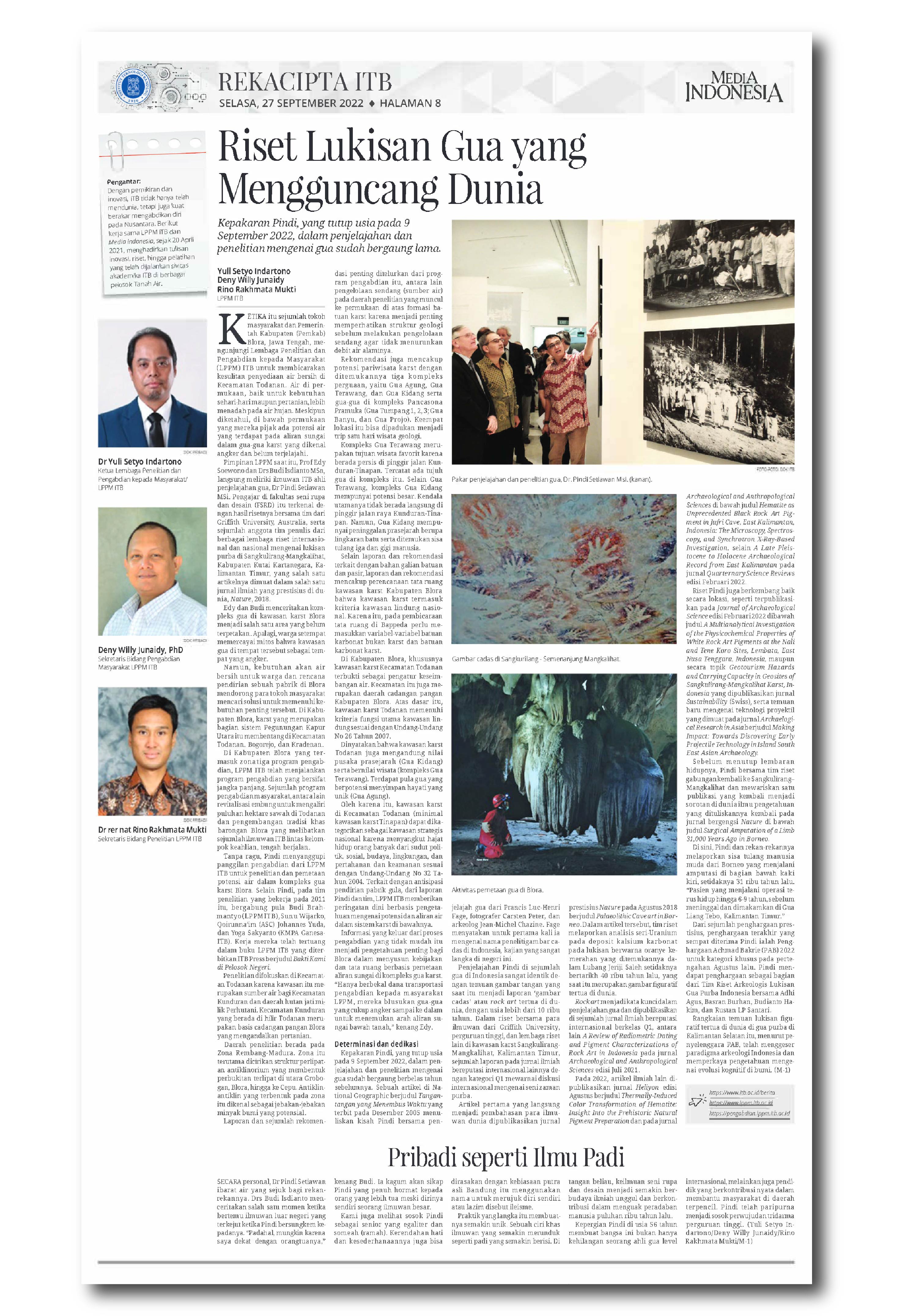
*This article has been published in the Media Indonesia rubric Rekacipta ITB, the complete article can be read at
https://pengabdian.lppm.itb.ac.id
Reporter: Sekar Dianwidi Bisowarno (Bioengineering, 2019)
Translator: Favian Aldilla R (Civil Engineering, 2019)

scan for download





